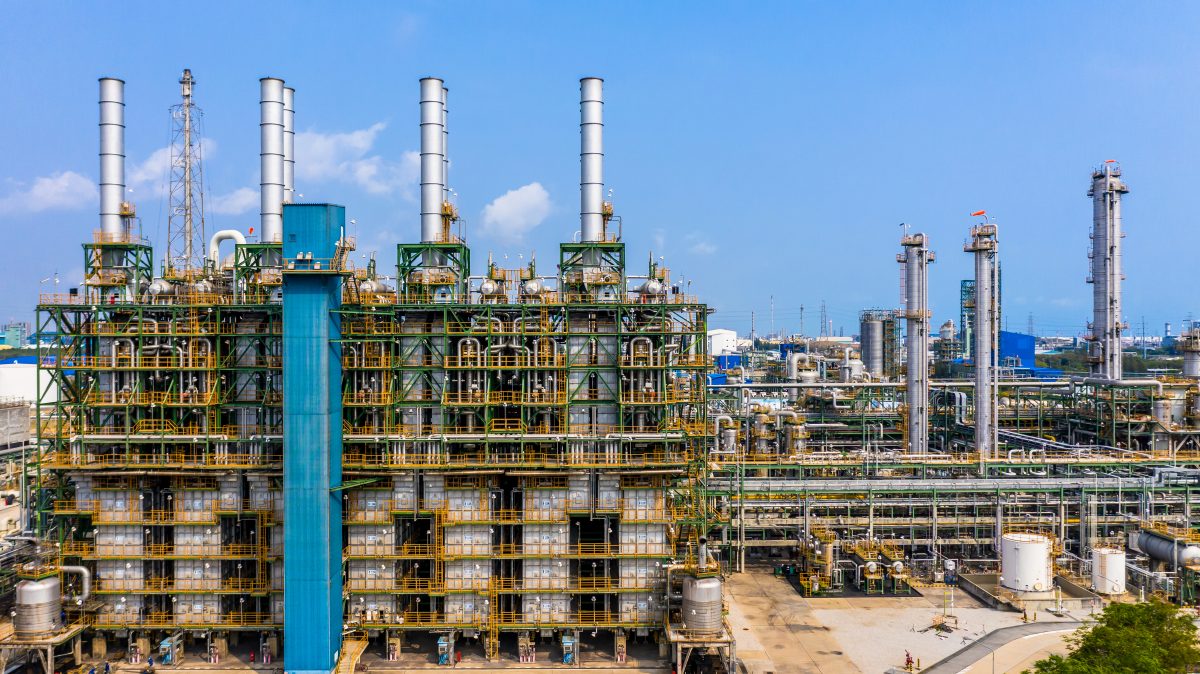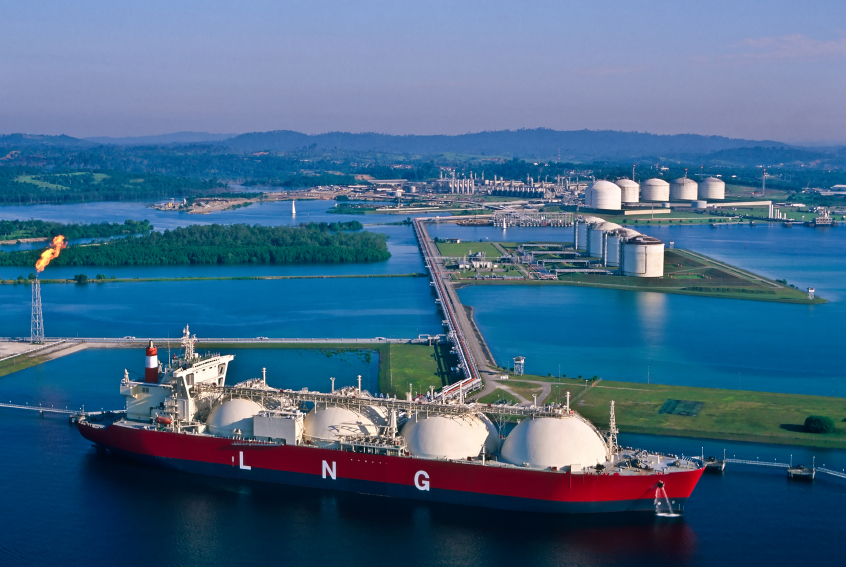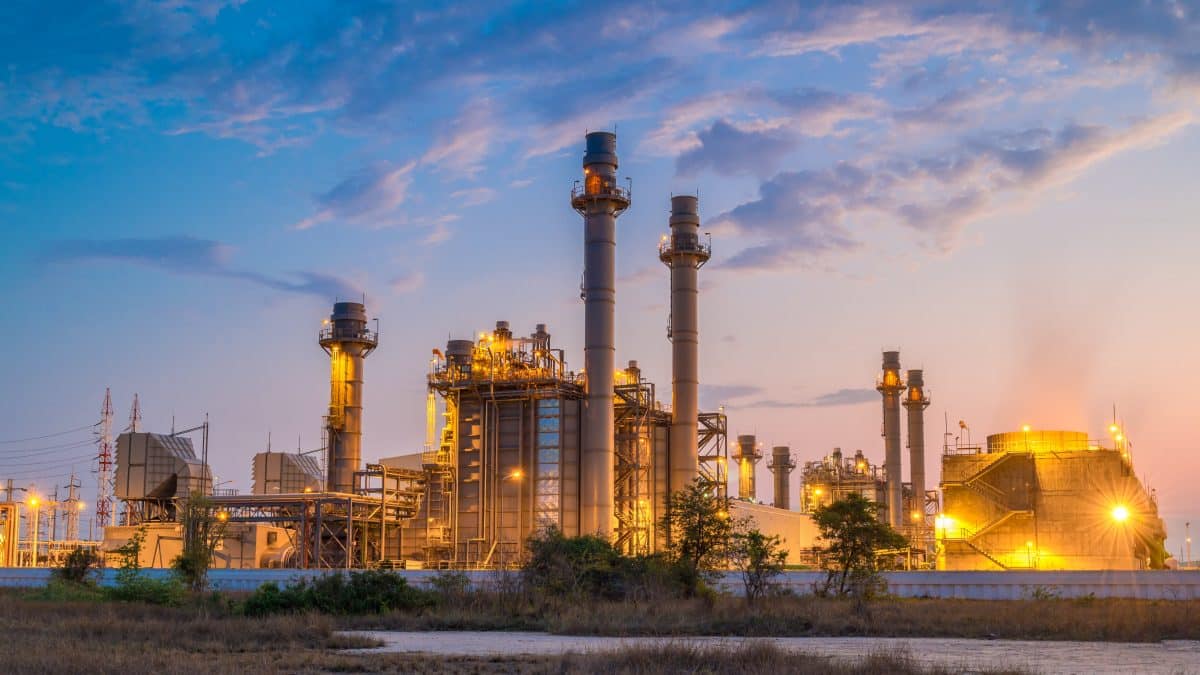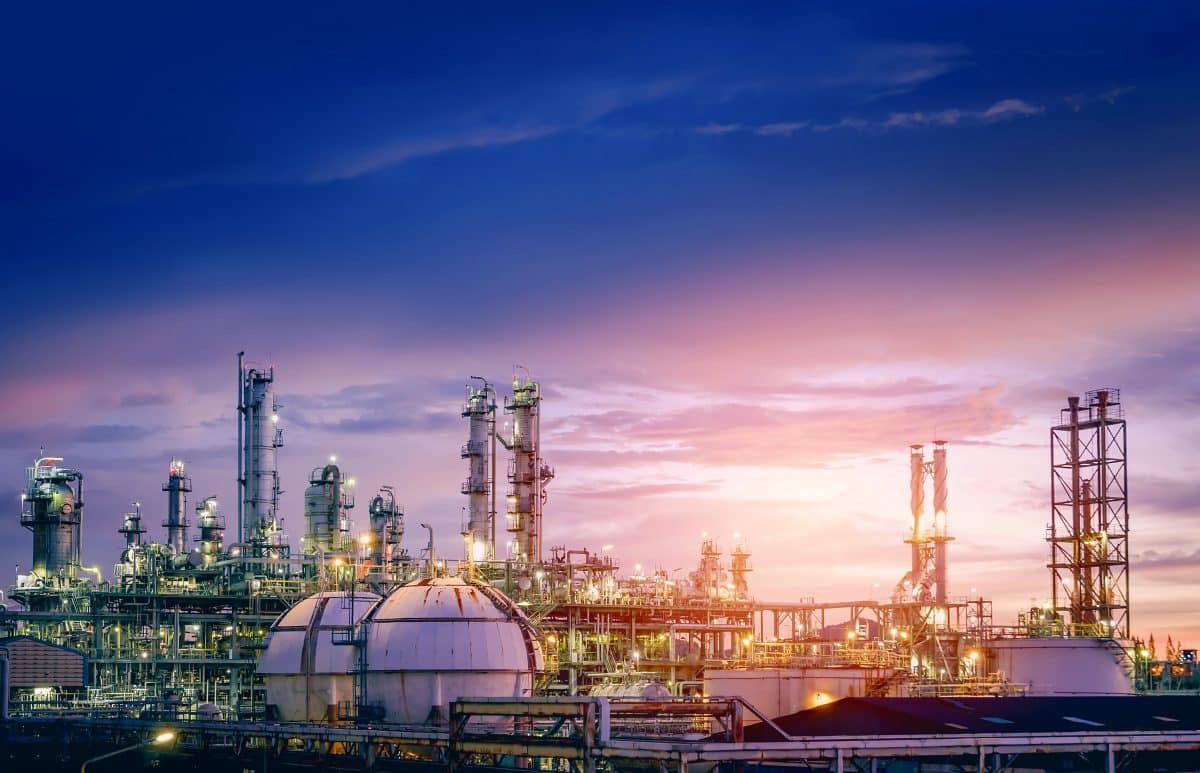Edge computing is propelling computer vision into a new era, catalyzing the development of smart devices, intelligent systems, and immersive experiences.
Within information technology (IT) today, a significant trend revolves around the empowerment of artificial intelligence (AI) and the Internet of Things (IoT) through edge computing, expediting the time to value for digital transformation initiatives. Santhosh Rao, a senior research director at Gartner, notes that, presently, approximately 10% of enterprise-generated data is created and processed outside a traditional centralized data center or cloud. Looking ahead, Gartner anticipates this figure will surge to 75% by 2025.
Expanding on this, edge computing is propelling computer vision into a new era, catalyzing the development of smart devices, intelligent systems, and immersive experiences. The inherent benefits of edge computing, including expedited processing, increased security, and real-time insights, have positioned it as a pivotal tool across various computer vision applications.
The past 12 months has seen a noticeable uptick in interest in critical applications for computer vision on the edge, signaling a growing demand for fault-tolerant-based solutions. The capabilities of cameras to perceive such things as thermal and infrared imaging — beyond the human eye’s capabilities — render them indispensable for identifying inconsistencies or vulnerabilities in diverse industrial processes, ultimately contributing to enhanced work flow efficiency and operational excellence.
This article delves into the leading applications of computer vision on edge devices within the oil and gas industry, presenting distinctive opportunities for seamlessly integrating edge computing and computer vision.
Enhancing Health, Safety, and Environment (HSE)
In the oil and gas sector in particular, the synergy of edge computing and computer vision is proving to be critical in addressing HSE concerns. Vision systems now can discern issues traditionally assessed by human personnel, including perimeter security concerns. This extends to the monitoring of flares and processes to detect hazardous conditions such as leaks or alterations in flare chemical composition through temperature and color analysis. This plays a critical role in fire prevention and detection and facilitates emergency responses to catastrophic events such as explosions. Flare monitoring aids operators in achieving smokeless flaring, thereby improving their carbon footprint and minimizing overall environmental impact.
Furthermore, real-time cameras can be installed to monitor usage of personal protective equipment, ensuring the safety of workers in hazardous environments. These AI-enhanced systems can even identify injuries and promptly alert response teams and authorities, ultimately enhancing overall safety standards in the industry.
Operations and Reliability
Vision systems also can benefit the oil and gas sector by improving operational and reliability metrics. For example, a terminal can use vision systems to watch traffic flow and quickly identify if certain pumps, vehicles, lanes, or operators are creating bottlenecks or slowing down when compared with how they operated in the past. Engineers often struggle to identify why some assets perform better than others when all the equipment seems to be equal. Vision systems can help identify and quantify the human element by observing the behaviors of top preforming operators and allow those best practices to be taught to the rest of the team.
The best reliability engineers know that correlating data is key to identifying root causes and failure modes. Although many reliability departments include thermal and visible light imaging, these are snapshots in time and could fail to identify key events that have affected equipment. Including vision systems can bolster reliability by identifying these key events, correlating them with other reliability data, and quantifying the effect on reliability metrics. Vision systems offer the incredible ability to identify things you never knew affected your operations before.
Operationalizing Computer-Vision-Based Insights With Edge Computing
Today, there are three options to help incorporate these innovative and highly dynamic systems into operations to begin gaining valuable and actionable operational intelligence.
Smart Vision Systems With Integrated AI Models. This involves using intelligent camera systems and the vendor’s accompanying software to train the camera to detect a specific target scenario. While out-of-the-box functionality is highly beneficial for fast deployment for individual sites or targets, several challenges must be considered. Some of those detracting factors include high cost and vendor lock-in. The most notable issue with this approach, though, is the limited scalability of the trained model, meaning the model must be trained on one camera before it is manually moved to every other camera for them to learn from one another.
Standard Cameras With Cloud-Based AI Model. This is where raw video is streamed to the cloud, then the models are trained in the cloud to detect predetermined targets. This comes with data quality and cost challenges and cloud egress fees and can be difficult to integrate meaningfully into work flows. The upside, however, is that it provides good scalability, many options for open vendor tools for improved serviceability, and a wide variety of targets to train for to help improve the flexibility of the technology.
Standard Cameras With Edge AI Model. This presents an opportunity to have the best of both worlds. Among the key advantages is having a variety of vendors to choose from (i.e., no vendor or software lock-in). You own your data and infrastructure, with a wide variety of targets to train for, very scalable models, quick deployment for individual sites and targets, and local integration into work flows. Conversely, the biggest challenge is getting multiple departments to collaborate around a single edge computing platform (e.g., operations, IT, and procurement).
Perhaps most important when comparing vision system architecture models, however, is the integration of insights into work flows and actions. Owner/operators within the oil and gas industry can only achieve demonstrable gains in their digital transformation initiatives when they can react to what the vision system identifies. Using edge computing platforms, owner/operators can quickly and efficiently integrate into alarm systems, supervisory control and data acquisition systems, and enterprise resource planning systems; trigger work orders; and connect data historians among other critical applications.
This is the key to deriving value from a computer vision system. If you cannot quickly act on what your vision system detected, then there is little value in having a vision system at all.
Conclusion
In the oil and gas industry, transformative shifts are underway, propelled by computer vision systems. The adoption of edge-native deployments, however, is imperative to fully harness the potential of this technology. The speed, security, and real-time insights facilitated by edge computing position it as an indispensable tool for applications in this sector.
Crucially, vision systems alone do not instigate change; rather, they provide the insights necessary to drive informed action. Effecting true change requires the seamless integration of these insights into real-time work flows at the local level. As technology advances, ongoing innovations in edge computing and computer vision promise a future characterized by safer, more efficient, and smarter systems and devices. This trajectory is set to transform daily lives both now and in the years to come.
By Rudy De Anda / jpt.spe, January 25, 2024







